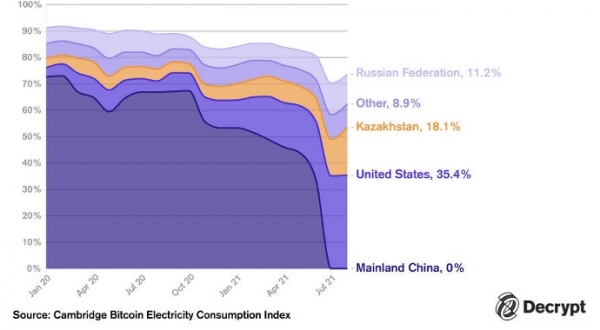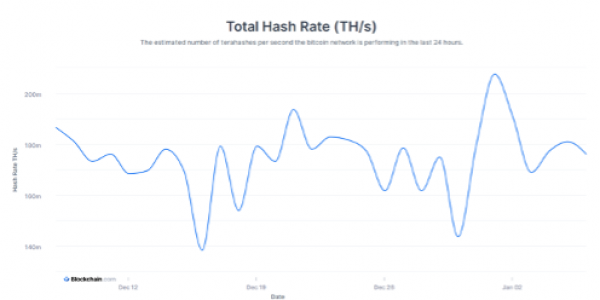The situation deteriorating in Kazakhstan, which has been plagued by chaotic riots for several days. The repression has left dozens dead in the capital. President Kassym-Jomart Tokayev has so far failed to calm the protests, despite the resignation of the government, the introduction a state of emergency and the enforcement of a curfew in the country.
Although the movement is political in appearance, it is inflation, particularly of energy prices, that is at the heart of the crisis. The anger began on Sunday, January 2, in the western city of Zhanaozen because of reduced subsidies on Liquefied natural gas (LNG), a fuel that many people use to power their cars. A new law now lets gas prices be set by the market, causing prices to skyrocket in a matter of days. The anger that began in the provinces has since spread to the country’s largest city, Almaty.
Kazakhstan is the first nation in the world to lose its government due to the energy crisis. A rather unexpected outcome for one of the world’s largest energy exporters. This Central Asian country is the 9th largest exporter of coal, 9th of oil and 12th of natural gas. Export opportunities played a role in ending subsidies in the domestic market. Before the new rules were established, domestic prices were well below production costs, creating shortages in some provinces that lost any incentive to produce LNG, and opening the door to the black market. The government’s adjustment seeks to fix this issue, but the process may be painful, especially in a political context that was already very tense before the crisis.
Moreover, Kazakh people have been facing another energy problem for several months: an overloaded power grid that leads to power shortages throughout the country. The designated culprit: the tens of thousands of crypto-currency mining farms, whose activity is very energy-intensive and has strained the nation’s power grid beyond its current capacity.




